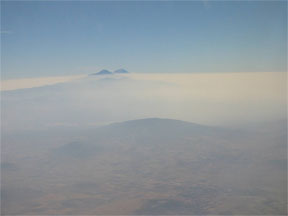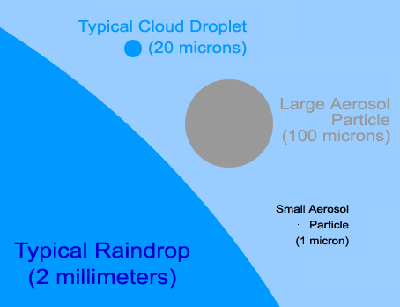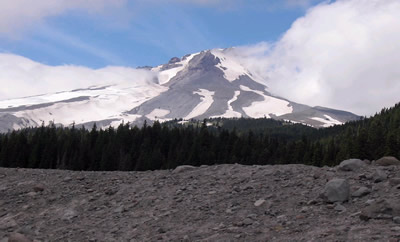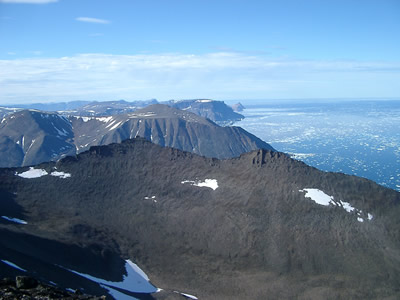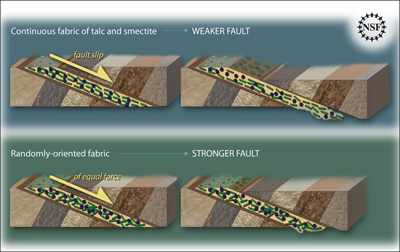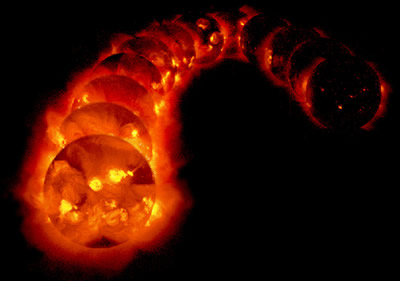
Courtesy of NASA
Pollution from Asia Circles Globe at Stratospheric Heights
Air pollution can get high in the atmosphere – high above most of the clouds you see in the sky.
Scientists are finding air pollution like black carbon, sulfur dioxide, and nitrogen oxides more than 20 miles above the surface of the Earth in the stratosphere layer of the atmosphere.
Once in the stratosphere, the pollution spreads out around the Earth. After several years of moving about in the stratosphere, some of the pollution drops lower in the atmosphere, and some types of pollution break apart.
Much of this pollution is coming from factories, power plants, and land cleared for development in south Asia. With information from satellites and computer models, scientists discovered that, in this area of the world, air moves upward during a time of summer stormy weather called the Asian monsoon.
"The monsoon is one of the most powerful atmospheric circulation systems on the planet and it happens to form right over a heavily polluted region," says scientist William Randel, who led the study. "As a result, the monsoon provides a pathway for transporting pollutants up to the stratosphere."
Satellite records show a pattern of more pollution in the stratosphere each summer for the past several years during monsoon season. There might be even more pollution in the stratosphere in the future because the amount of activities that form air pollution in China and other Asian countries is growing.
How does this pollution high in the sky affect the planet? More research is needed to answer that question. But we do know sulfur in the stratosphere can cause small particles called aerosols to form. Aerosols affect the ozone layer and climate.






